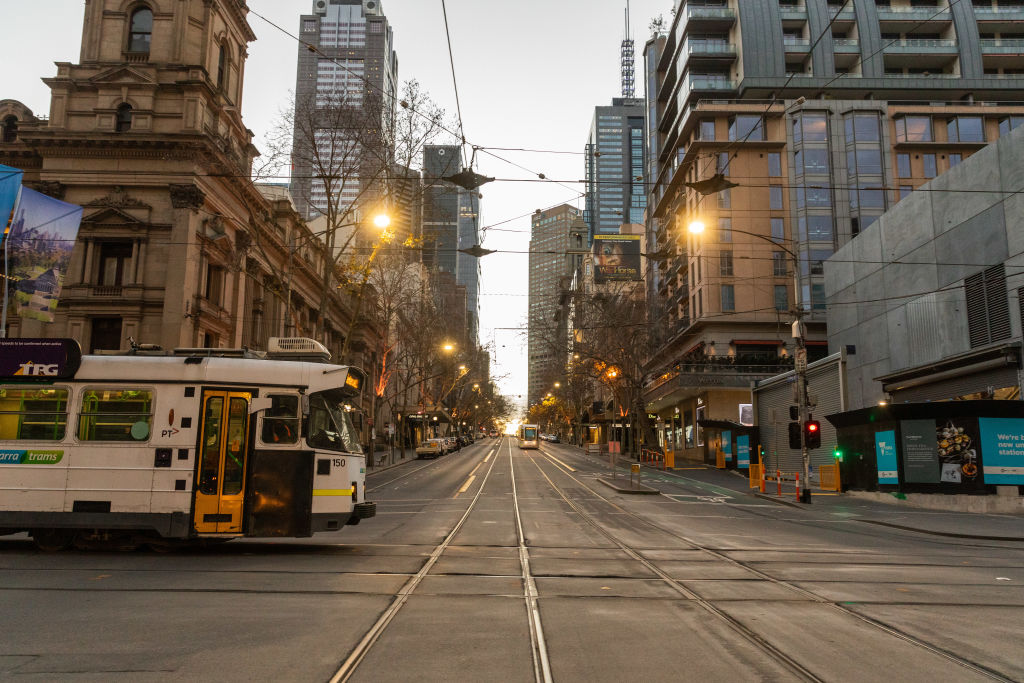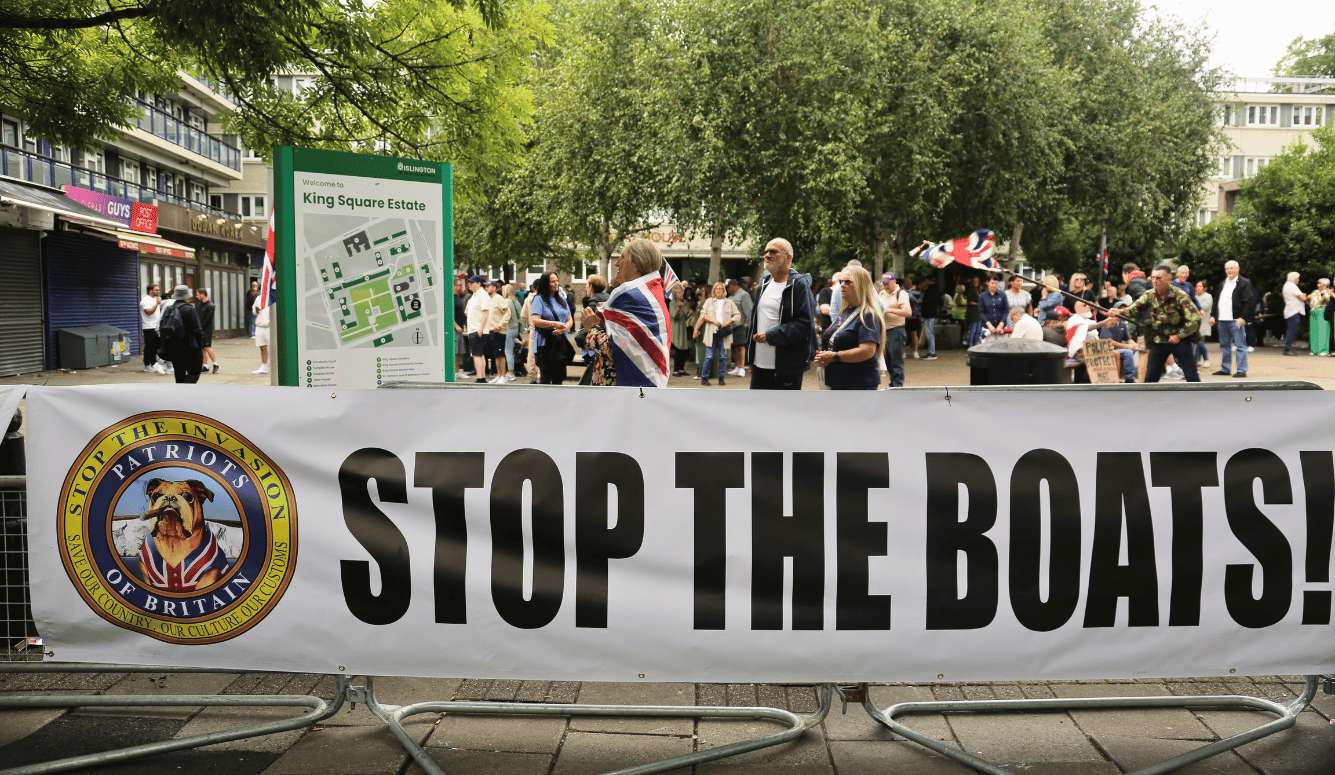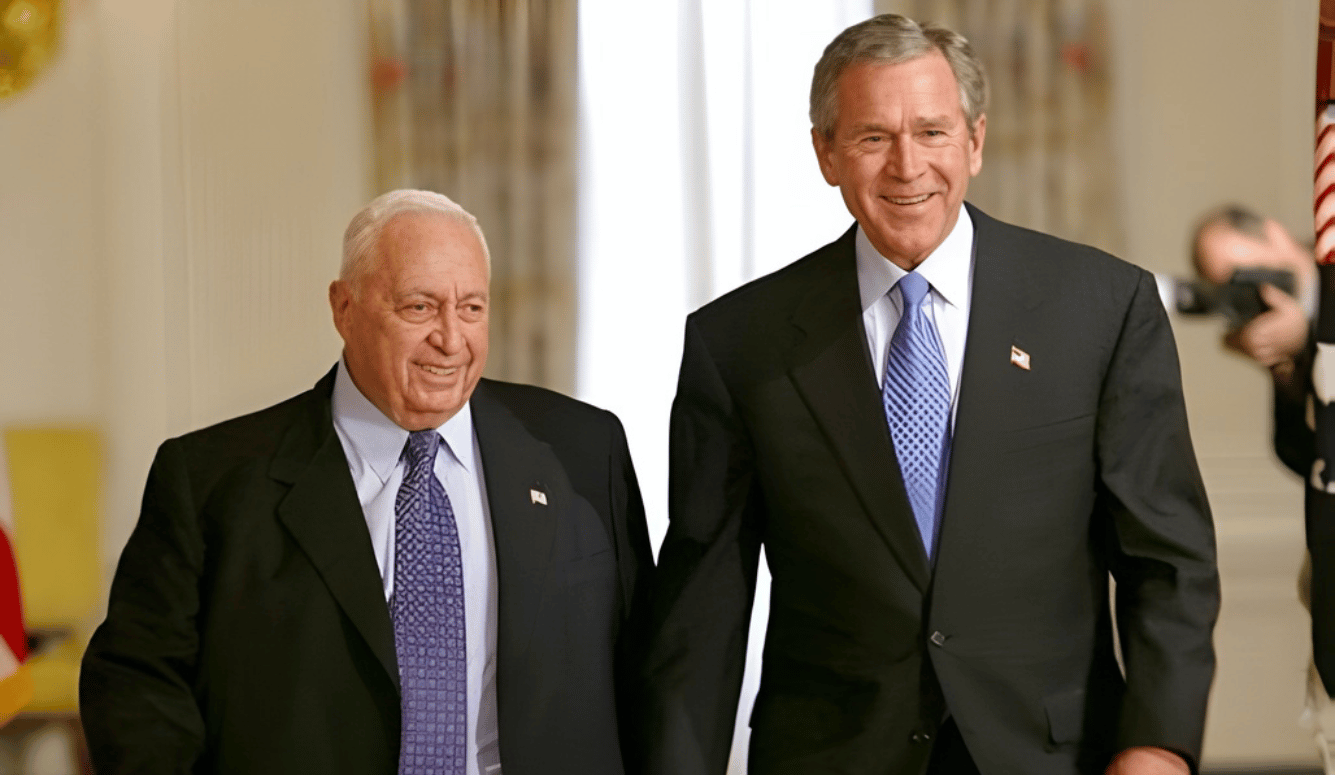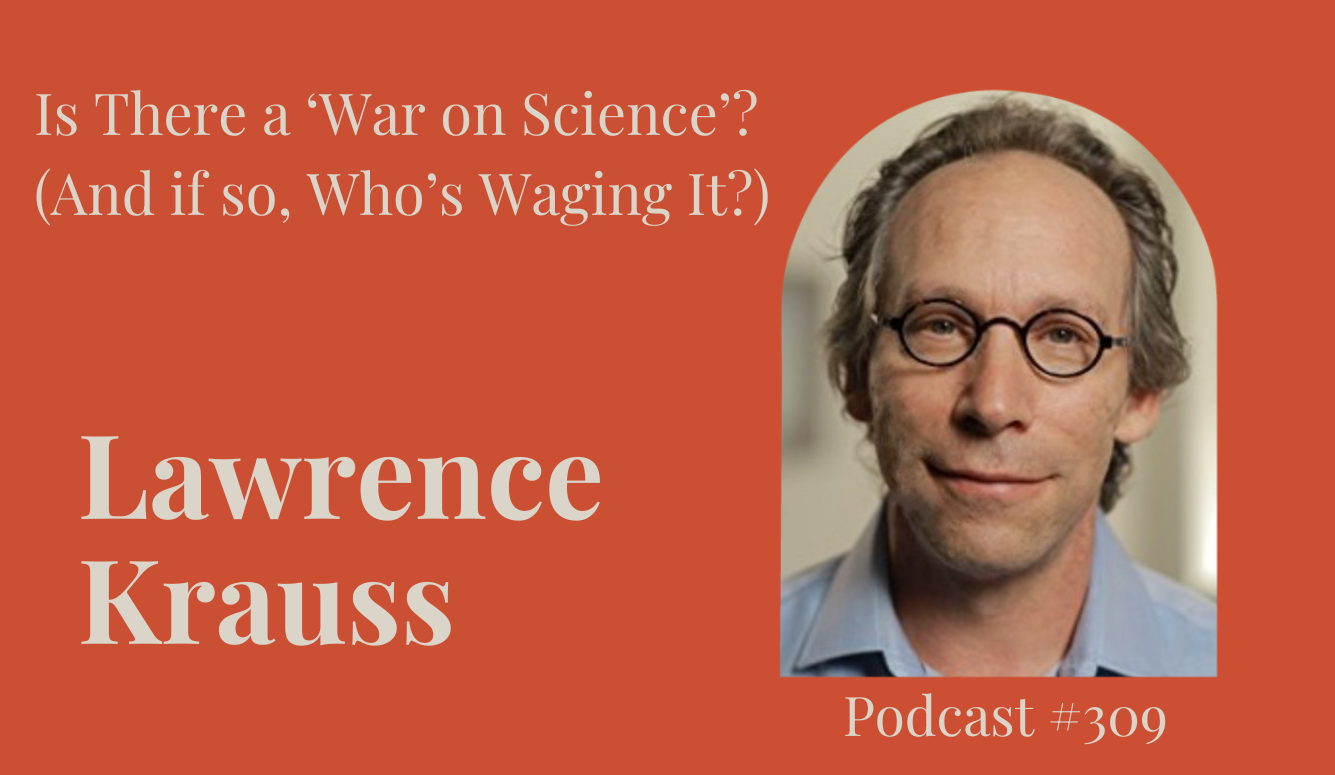COVID-19
COVID-Zero: Was It Worth It?
If COVID-19 was your ancestor’s saber-tooth tiger, then the lives lost every day to COVID-Zero is the cost of running away.

As Australia enters month 18 of our two weeks to “flatten the curve” more than half the country has only four lawful excuses to leave their homes. Like many of us I’m day drinking out of boredom and wondering was “COVID-Zero” worth it?
The talking heads on TV told us that we had a choice between lives and livelihoods. Trying to balance ordinary life and COVID-19 was a mercenary choice to kill Grandma. That was always a false choice—other places balanced the risk to Grandma with the need to live a normal life. After our accidental elimination the narrative changed—maintaining COVID-Zero was now the only way to protect the economy. Prime Minister Scott Morrison said we saved lives and livelihoods.
Remember airplanes? Airports were time-free zones where your boss didn’t judge you for that quiet vodka and tonic at 8am. People would “helpfully” remind you that flying is the safest form of travel and that you were more likely to die during the drive to the airport. The reason you were frightened was evolution.
Our ancestors survived by paying more attention to new risks in their environment than to the risks they faced every day. You are here because 10,000 generations ago a caveman instinctively noticed a saber-tooth tiger and immediately started to run. That tiger was more urgent than the chance of falling and impaling themselves on a rock. Natural selection hard-wired a “novel risk bias” into our brains.
Risk management experts would say that your startled ancestor focused on a novel risk (the tiger) and ignored the assimilated risk of running over uneven ground. Our political system did the same with COVID-19. Public health experts saw COVID-19 and convinced our politicians to close the borders and lock down. They ignored cancer, depression, heart disease, domestic violence, the impact of excessive alcohol (the assimilated, routine risks in our society) and focused exclusively on COVID-19.
The Australian Standard for Risk Management obliged our governments to consider the impact of intervention. Our leaders refuse to release any evidence that they did this. In the first four months of 2021 we enjoyed a “COVID normal” life. Not one Australian died of COVID-19. But according to the Australian Bureau of Statistics (ABS) death in Australia has increased 5.6 percent over our pre-pandemic, seasonally adjusted average.
Our concern that shutting down hospitals to “flatten the curve” would kill people was dismissed by the health establishment. They knew better. The ABS analysed every single doctor-certified death in Australia and compared it to the five years between 2015 and 2019. According to the ABS, cancer deaths are up by 8.9 percent. We sacrificed our businesses to protect the elderly in nursing homes. Dementia deaths are up 18.9 percent. The health establishment is taking victory laps over a reduction in influenza death thanks to our closed borders and social distancing. Deaths from respiratory diseases are up by 1.9 percent.
Doctors convinced us that our friends and family were dangerous to our health. Not one person died of COVID-19 and somehow our national mortality rate has increased from an average of 375.9 deaths per day to 378.4 deaths. COVID-Zero costs five Australians every two days from “natural causes.” The horrifying part of this dry statistic is that it doesn’t include suicide or self-harm.
There is a waiting list for the coroner to declare a death with “no suspicious circumstances” as a suicide. It will be at least two years before we know how many Australians died at their own hand for COVID-Zero. I doubt it will be good news.

Every Australian government official can’t wait to tell you about the record amounts of money they’re spending on mental health. And thank goodness the money is there. Calls to Lifeline are up 18.9 percent. On August 3rd 2021, Lifeline reached an all-time record for volume of calls in one day in 58 years. Beyond Blue calls are up 30.7 percent. Kids Helpline reports eight percent more children are calling to talk about self-harm and 33 percent more are calling about child abuse. The organisation also reports that teenage attempted suicide rates are up 184 percent—dispatching 53 ambulances a week for kids in Victoria who have attempted suicide.
We’ve got another 12 months of COVID-Zero to go under the most rosy projections out of the Federal Government. Sober, conservative analysis suggests that COVID-Zero costs hundreds of Australian lives each month. But we don’t discuss that because they are the dreary, ordinary, already understood cost of doing business.
If COVID-19 was your ancestor’s saber-tooth tiger, then the lives lost every day to COVID-Zero is the cost of running away. The obvious difference is that your ancestor got away from the saber-tooth tiger. When we eventually reopen, COVID-19 will catch us.
The Doherty Institute’s modelling says that if we reach the Prime Minister’s 80 percent vaccination threshold under our “oldest first” vaccination approach, at least 2,309 Australians will die. If we lose control of Delta at 50 percent fully vaccinated, then Doherty’s modelling predicts that 10,311 Australians will die. Today, 21.95 percent of Australians over 16 are fully vaccinated. The country seems about three months out from that 50 percent threshold.
Pouring myself another drink, I try to shake off a grim realisation. Morrison’s government claims to have saved 35,000 of us from COVID-19, but in the best case scenario it took sacrificing many of us to do it. And that’s assuming Delta doesn’t escape before we hit that 50 percent threshold. If Delta escapes before then it’s possible that, in net terms, we didn’t save anyone.
We’ve covered the blood, but what about the treasure? How much did this cost?
According to the Treasury, the Federal Government spent $311 billion pursuing COVID-Zero up to the end of April. This excludes the $15 billion in small bank loan guarantees and $20 billion in business loan guarantees as well the $50 billion spent by states, as well as anything spent after May. The IMF numbers suggest a national burn rate of $320 billion per year. Remember the Federal Government’s most rosy prediction is 30 months of COVID-Zero. If our current burn rate holds, that’s a cost of about $800 billion. On budget night Treasurer Josh Frydenberg announced that our peak debt would reach about a trillion dollars.
It’s hard to understand the scale of this spending so let’s pretend that each dollar is one second. A million dollars would be about 12 days. A billion dollars would be close to 32 years. If you imagine that a dollar is a second then our COVID-Zero debt-pile of one trillion dollars would be 31,710 years. The Great Pyramid of Giza is only about 4,500 years old. No one could reasonably accuse our government of being cheap when it comes to COVID-Zero.
Where did all this money come from? The Commonwealth borrowed it from the Reserve Bank. We will skip a lot of nuance here—but the Department of Finance sold bonds to our big banks. The banks then took those bonds and gave them to the Reserve Bank as collateral on cash loans (these cash loans to the banks replaced the cash they used to buy the bonds).
But where did the Reserve Bank get this cash? They simply created it by changing a few entries on a spreadsheet. According to the Reserve Bank, on Christmas Day 2019, Australia’s M1 money supply was $1,073.8 billion dollars. At the end of June this year it was $1,484.5 billion dollars—an increase of 38.25 percent. Put another way—that $50 in your wallet? About $13.84 of it didn’t exist at the end of 2019.
I pour my third drink and hear Jeremy Irons saying “money isn’t real—it’s just something we invented so we wouldn’t have to kill each other to get something to eat.” I reassure myself as long as we all continue to believe a dollar is worth a dollar everything will be fine. In June 2021 the Australian Dollar/US Dollar exchange rate was roughly the same as it was in June 2019.
In June 2019 the wholesale petrol price in Sydney was $1.22 per litre (excluding taxes). Today the terminal gate price for regular unleaded petrol in Sydney is $1.398 per litre. The crude oil price is roughly the same too—even though globally we’re not using anywhere near the same quantity of oil. But that’s just one commodity.
What about hard assets? According to the Residential Property Price Index the cost of housing in Australia has gone up 36 percent since we fired up the RBA’s money printer. That’s suspiciously close to the 38.25 percent increase in our money supply. Our national debt will reach $40,000 for every person in the country—directly from the RBA’s money printer. And that’s just the immediate economic impact of COVID-Zero.
“Good things cost good money” I say to my empty living room as I pour my fourth drink.
What about the social impact of COVID-Zero? If we believe the best-case scenario and we will be free again after 30 months then someone who entered university at the start of 2020 could graduate from one of our sandstone schools without ever having done an in-person class, or attending a toga party. You might ask “who cares?”. But isn’t life about collecting memories?
Is it really fair to deny young people those formative experiences like falling in love, getting heartbroken, backpacking through Europe, going to concerts, bribing their way through South-East Asia and getting evacuated by DFAT? What about the impact on little kids at school? Is it really reasonable to go from the start of year 1 to the end of year 3 with only a dozen or so weeks of classroom time? I don’t know.
And what about the elderly? The people we’re told we’re protecting. We’ve denied them the comfort of their loved ones as they lie dying. We insist that only a handful of their loved ones maintain a distance of 1.5 meters, wrapped in a head-to-toe encounter suit, covered in a mask so that they can’t see each other’s faces. That is assuming we let their loved ones into their presence at all. Can’t be too careful—we might give that old man with late-stage organ failure and hours to live COVID-19 and we wouldn’t want that.
One for the road I say to myself ironically as my thoughts turn to the cost of COVID-Zero for our sense of national cohesion. To protect COVID-Zero our federal government secured a High Court ruling that Australian citizens do not have a right to enter Australia. Over 30,000 Australians are stranded overseas. We implemented curfews, deployed the army to “supplement” policing. Our police behaved like an occupying army—wearing riot gear on standard patrols. They’re flying drones and helicopters equipped with infrared cameras to keep surveillance on all of us at all hours day and night.
Those QR codes that we were promised were only for contact tracing? They’re being used to “assist the police with their inquiries” in every state. I don’t know why—we’ve been tracking every mobile phone’s location and storing it for two years. Every police force in the country has had warrantless access to this “metadata” for nearly two decades now. The QR codes seem excessive given the longevity of other “temporary” mass surveillance programs.
“Clots!” screamed the clickbait, depressing demand for a safe, effective vaccine made in Melbourne to the world’s strictest pharmaceutical standards. Chief Health Officer of Queensland Dr Janet Young (now Queensland’s Governor in Waiting, also known as “Respondent 2” in Queensland’s legal fraternity) was breathlessly warning people not to have AstraZeneca—her truly astounding quote that “yeah, but aspirin doesn’t tend to kill you” when asked about relative risk of vaccination is now famous in the anti-vax community—and used to justify opposing any vaccination.

For months Dr Young opined about her preference for the Pfizer vaccine—denigrating the most widely used COVID vaccine in the world. Surely it’s just a coincidence that on the very day the Daily Telegraph newspaper published a story about Dr Young’s husband having commercial links to Pfizer she encouraged all Queenslanders to get the AZ. In Victoria, Professor Brett Sutton was pro every vaccine—he took AZ. But the SlugGate corruption scandal of iCookFoods swirls around him. At least South Australia’s widely respected CHO, Professor Nicola Spurrier, only looked silly when she advised us not to touch a football.
After 18 months do we still trust the apparently unquestionable, but inconsistent “medical advice”? Will we follow these people for another year?
The deal we agreed to at the start was two weeks to flatten the curve so our medical establishment could buy ventilators and prepare our health system. Then we would use restrictions to regulate COVID-19 hospital admissions to match hospital resources. We tripled ICU capacity and all those ventilators are sitting there in shrinkwrap. Somewhere along the way our medical establishment salami-sliced us to COVID-Zero as the only way to protect our health. Ignoring suicide and self-harm, Australian death rates are up 5.6 percent and climbing. How many health timebombs are yet to go off?
Was COVID-Zero worth it for our country? Is there a middle ground we should consider? Has the Delta variant doomed COVID-Zero to fail? “National Cabinet” and the health experts would disdainfully question your humanity for even asking such a thing.
Was it worth it for me? Well, my marriage exploded into tears and recriminations, then collapsed into deafening silence. This was followed by a practiced civility as the removalists came. I put my glass in the dishwasher and turn out the lights. Closing the gyms means I’ve regained 30 kilograms that I lost over 2019 – 2020. But, on the other hand, the time I’ve saved commuting thanks to secure work from home in an essential industry has meant I finally had time to play my guitar. And, my net worth has grown 35 percent in the past year.
Scott Morrison would say it was worth it.
James Newburrie is a risk management expert who focuses on cyber security. In his spare time he lobbies for LGBT rights. Follow him on Twitter @DifficultNerd.






